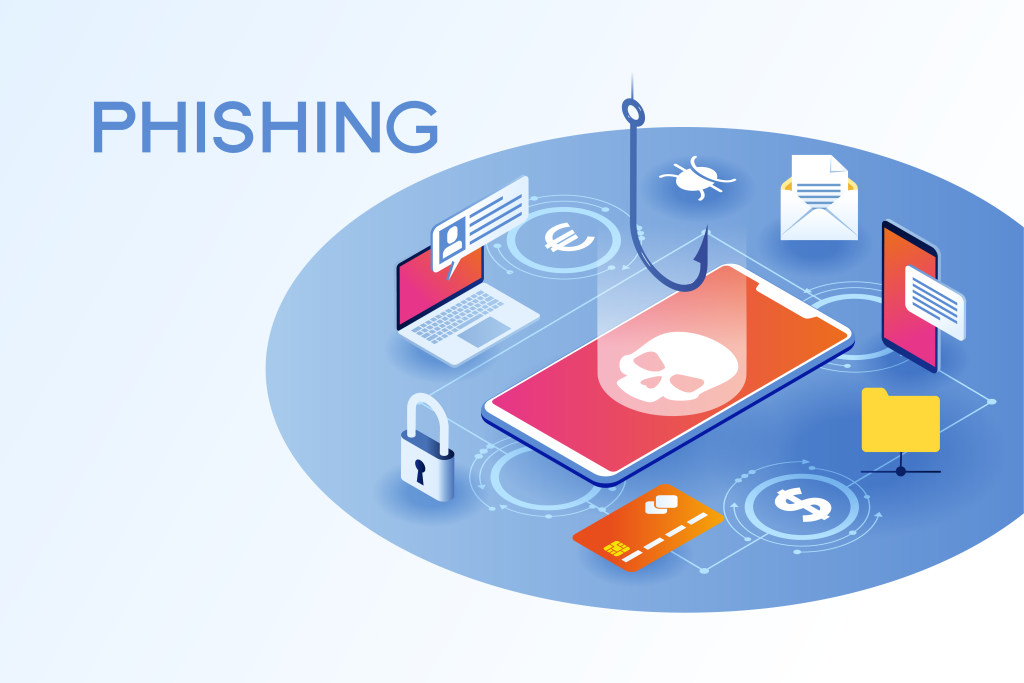Phishing is a problem that is becoming increasingly common because it is so effective. Hackers continue to develop new techniques to raise the success rate even higher. Former attempts to steal information have evolved into incredibly complex schemes that appear entirely legitimate.
This trick does not, however, imply that phishing scams will always succeed. All that’s required is for everyone to exercise caution while online and to be fully aware of the telltale signs of a phishing scam. The most crucial warning indicators you should watch out for are below.
An Artificial Email Address
When they receive an email, very few people take the time to check the sender’s address. Most of the time, they will scan the message and the subject line. If the recipient verifies the legitimacy of an email address, they might prevent more than half of all phishing attacks.
Amateur cybercriminals could send phishing scams using free email accounts from Yahoo or Gmail. However, many hackers employ email domains that closely resemble real email addresses. For instance, exercise caution if you get an email from someone@amazonprime.com rather than someone@amazon.io.
Variations in the Writing Style
A phishing hook may be present if the writing style is noticeably different from what you have previously received from what seems to be the same sender. Many nations employ various date formats. Another sign is if the email format differs from what you typically see.
Grammar and Spelling Mistakes
Official emails undergo rigorous grammar and spelling checks, or at the very least, a simple spellcheck. Minor typos and a few misspelled words are OK, but a message full of obvious errors, especially if it purports to be from a reputable business, is almost always a phishing scam. It’s probably because the hacker produced the message in bulk and sent it to potential victims using an automated language translator.
Unusual Attachments
As a general guideline, you shouldn’t open attachments unless you’re expecting them and can verify with the sender that you are the intended recipient. Otherwise, don’t open it, even if the filename appears valid. These attachments likely include malware that will infect your computer if you click on them.
Phony Links
The problem with phishing emails is that they look convincing. Most people wouldn’t likely click on a blatantly false link. Hover over them and read the URL, paying close attention to the domain name to see if they are legitimate. If something seems suspicious, it most likely is. Don’t even give the email a second glance; delete it.
Although there is no assurance that you will be completely safe from phishing assaults, keeping an eye out for these telltale indicators is a great place to start. To protect your company against online threats, ensure that you have adequately taught your staff what to look out for and that they are aware of these warning indicators.
We must approach cybersecurity seriously. Call us so we can start defending you.







